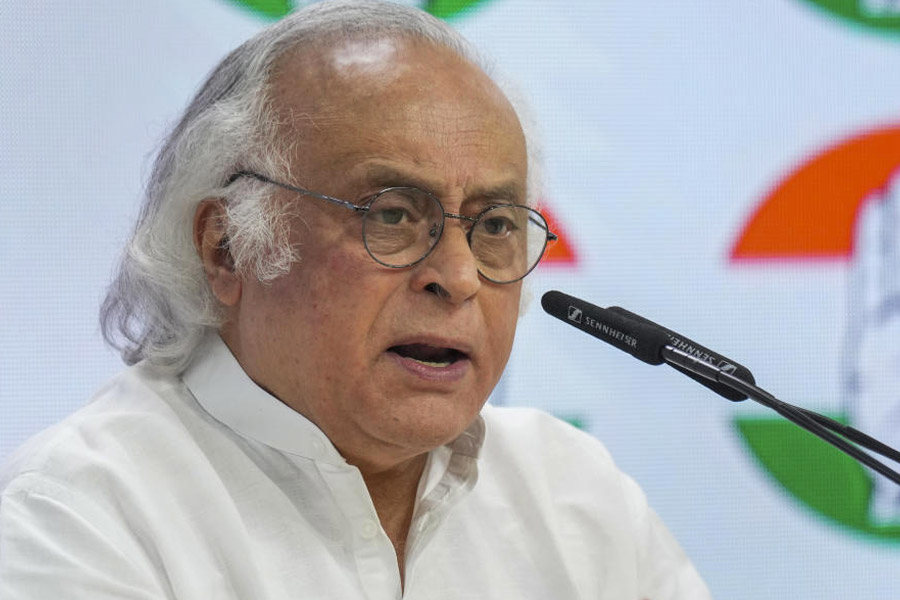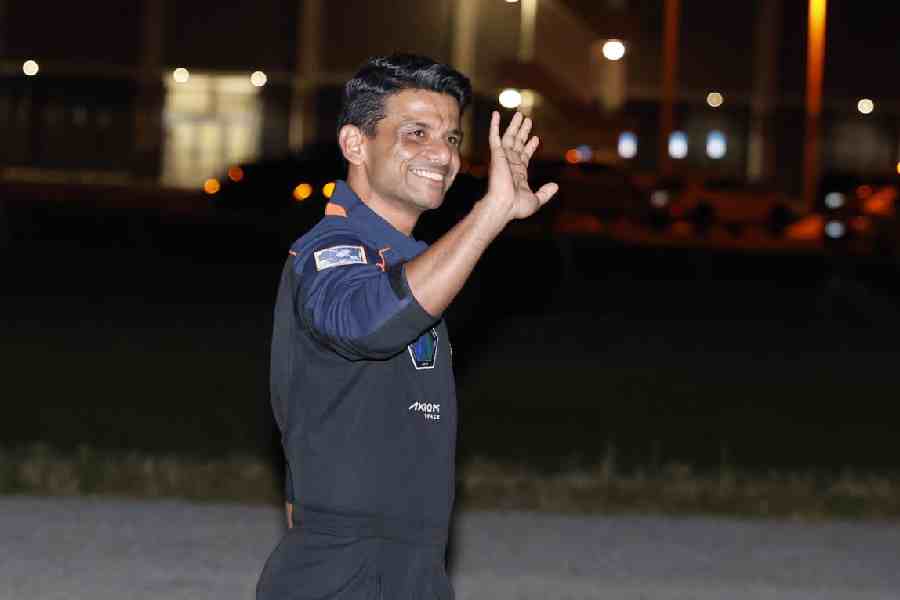Cricket is catching up with other sports. Hardly has the noble game recovered from the match-fixing scandal that shook it to its foundations, and it has now been hit by a new set of allegations that is completely alien to the much-vaunted spirit of cricket. Two important Pakistani cricketers, Shoaib Akhtar and Mohammed Asif, tested positive for the banned drug, nandrolone, which is used to enhance performance. The tests were conducted at the initiative of the Pakistan Cricket Board, and the other 17 players who were tested came through with clean chits. The tests were carried out by the World Anti-Doping Agency, and both the International Cricket Council and the Pakistan Cricket Board are signatories to the Wada code. Both Akhtar and Asif will face bans: first time offenders are usually banned for two years. Players and athletes in other sports routinely go through drug tests before a tournament. Anti-doping tests were made mandatory by the ICC only in 2002. Despite this, only Australia, England, New Zealand, Pakistan and South Africa have internal mechanisms for dope testing. India’s name is conspicuous by its absence from the above list.
Cynics will perhaps argue that drug abuse in cricket was waiting to happen and that two fast bowlers testing positive is not surprising. Pressure on performance has increased in all sports, including cricket. The stakes on winning are very high, and this tempts players to cut a few corners. The awesome speed and spectacle of Akhtar’s bowling now, after the revelation, acquire a different and artificial dimension. The discovery also raises the horrible suspicion that there may be others who are slipping through the net. Such fears need to be voiced in India where, despite the wealth of the Board of Control for Cricket in India, there exists no internal structure for dope testing. The ICC has to be applauded since it has taken the step to test 24 players during the Champions Trophy — two from each team in six “randomly selected” matches. This is a move in the right direction to eradicate drug abuse. Sports, by definition, is a test of an individual’s (or a group’s) natural physical stamina and skills. The taking of drugs by players completely distorts the level of the test and of the competition. Players guilty of drug abuse should be punished, and punished severely. Such players, given the iconic status of sportsmen, are bad role models.











